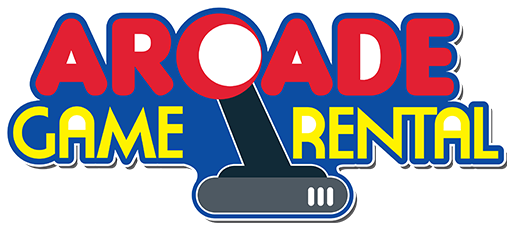Air hockey is a beloved arcade game that has captured the hearts of players of all ages around the world. Known for its lightning-fast action and competitive spirit, air hockey has become a staple in arcades, family entertainment centers, and game rooms. In this comprehensive guide, we'll explore the exciting world of the air hockey arcade game, covering its history, gameplay, and why it continues to be a favorite pastime for gamers of all levels.
The History of Air Hockey
Air hockey made its debut in the late 1960s, thanks to the innovation of engineers Bob Lemieux and Phil Crossman. The pair developed the game as a variation of table hockey, aiming to create a faster and more dynamic experience. Their invention utilized a frictionless playing surface and a cushion of air, allowing the puck to glide smoothly and reach high speeds. The game's popularity quickly grew, and it was soon introduced to arcades and amusement parks, where it gained a dedicated following.
How Air Hockey Arcade Works
The air hockey arcade game consists of a rectangular playing surface, typically made of a slick, low-friction material like acrylic or plastic. Below the surface, a series of tiny holes release a cushion of air, creating a frictionless environment for the puck to glide upon. Two players face each other across the table, each wielding a striker, also known as a mallet. The objective of the game is straightforward: score goals by hitting the puck into the opposing player's goal while defending your own.
Gameplay and Strategy
Air hockey's simple rules belie the fast-paced action and strategy involved in the game. Here are some key aspects of gameplay and strategy:
Scoring: Each player starts with a score of zero, and the game typically continues for a set amount of time or until one player reaches a predetermined score limit, often 7 or 9 points.
Puck Control: Players must use their strikers to hit the puck strategically, aiming to outmaneuver their opponent and create scoring opportunities.
Defense: Protecting one's goal is as crucial as scoring. Skilled players use their strikers to block shots and maintain a strong defensive position.
Precision and Speed: Air hockey requires a combination of precision and quick reflexes. Players must strike the puck accurately and respond swiftly to their opponent's moves.
Spin and Trick Shots: Advanced players often employ techniques like adding spin to the puck or executing trick shots to surprise their opponents.
The Appeal of Air Hockey Arcade
Air hockey arcade games have enduring appeal for several reasons:
Accessibility: Air hockey is easy for newcomers to pick up, making it an inclusive game for players of all ages and skill levels.
Competitive Fun: The fast-paced nature of air hockey creates an adrenaline-fueled environment where players can engage in friendly competition.
Skill Development: Regular play can improve hand-eye coordination, reflexes, and strategic thinking.
Spectator Sport: Air hockey is as enjoyable to watch as it is to play, making it a popular choice for spectators in arcades and game rooms.
Versatile Gameplay: Whether it's a casual game with friends or a serious tournament, air hockey can be adapted to suit various playing styles and preferences.
Air Hockey Tournaments and Leagues
For those who take their air hockey seriously, there are organized tournaments and leagues where players can compete for recognition and prizes. These events often attract top players from around the world and showcase the highest levels of skill and strategy in the game. Some tournaments even offer significant cash prizes to the winners.
Air Hockey Tables for Home
Air hockey's popularity has led to the production of home air hockey tables, allowing enthusiasts to enjoy the game in the comfort of their own spaces. These tables come in various sizes and designs, catering to different budgets and preferences. Owning a home air hockey table provides opportunities for family fun, friendly competitions, and practicing skills.
For More Info:-
car racing arcade game machines






Comments